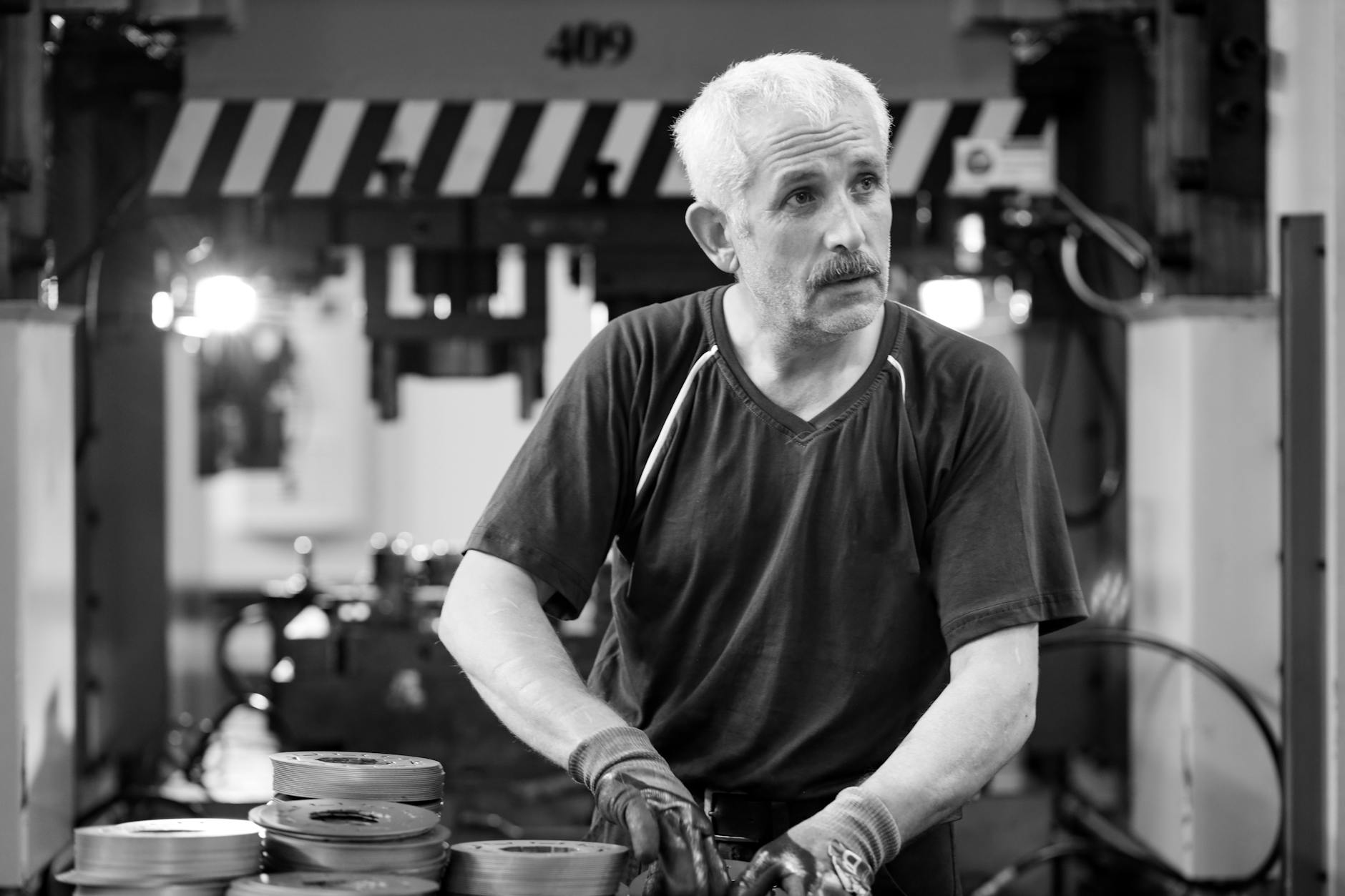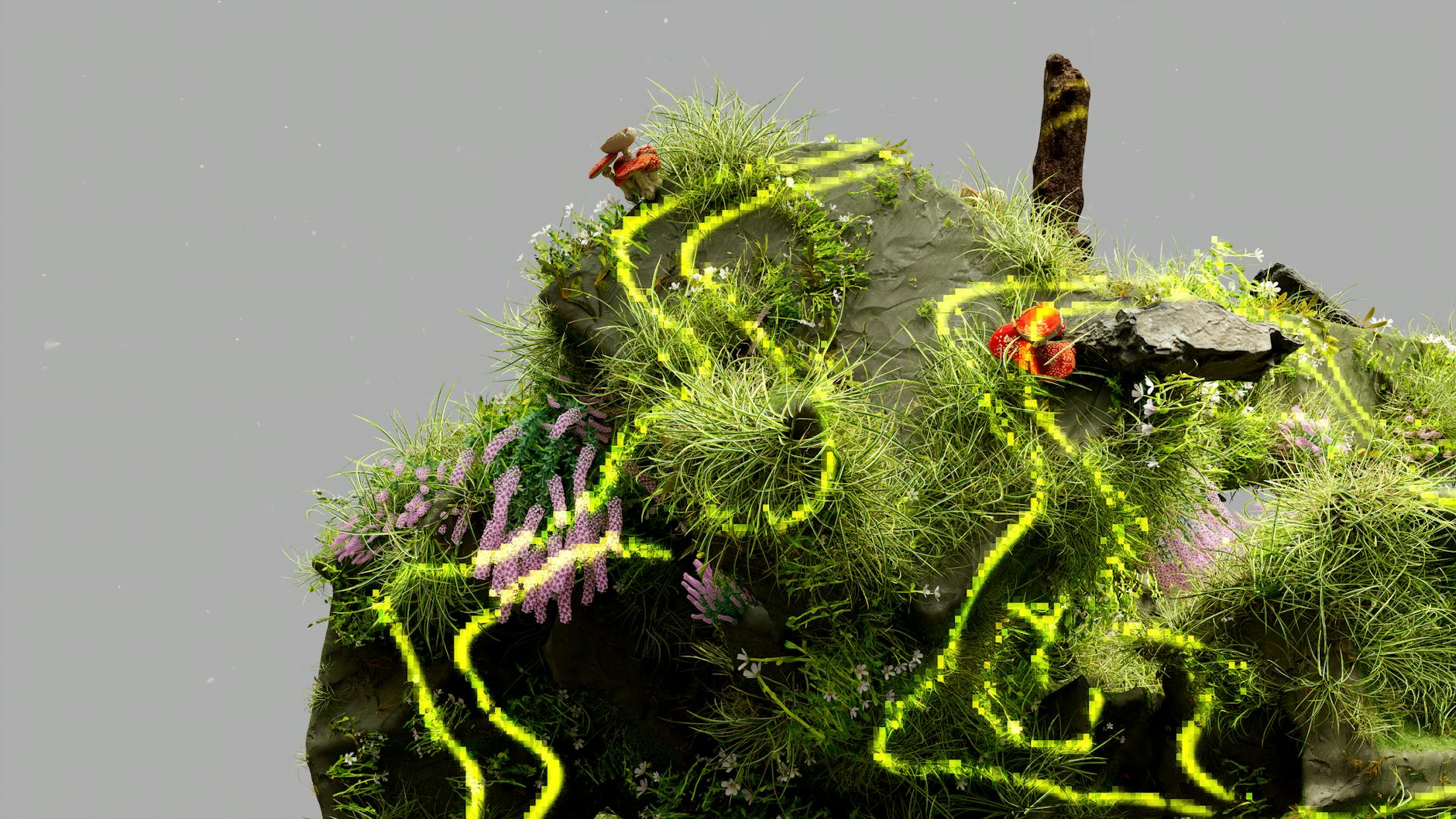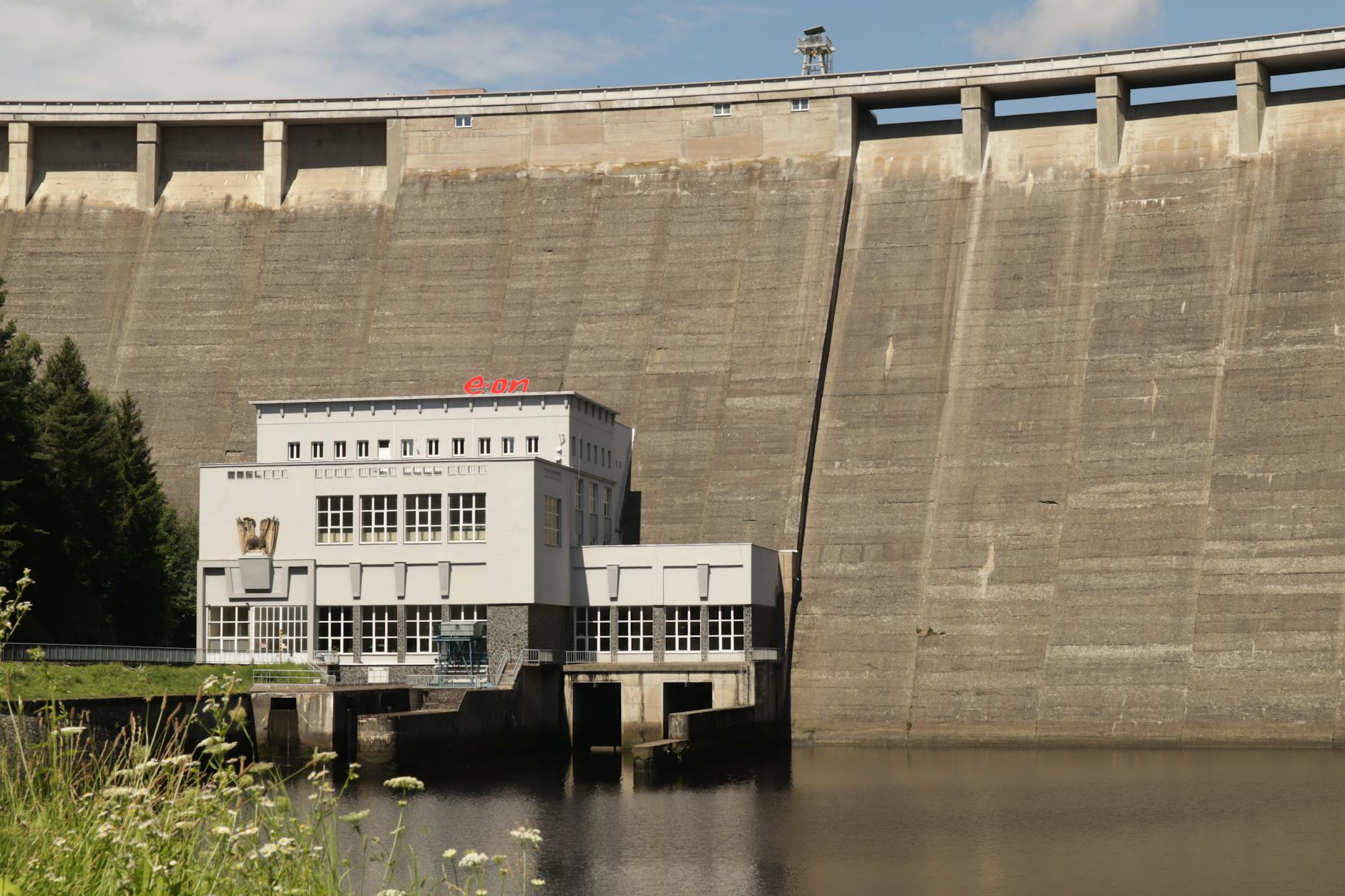- The Evolution of Exoskeleton Technology
- Enhancing Worker Strength and Safety
- Types of Exoskeletons in Industry
- Applications Across Industries
- Overcoming Challenges and Embracing Innovation
- The Future of Exoskeletons in Industry
Exoskeletons have emerged as revolutionary tools in various industries, offering a blend of advanced technology and ergonomic design to enhance worker strength, efficiency, and safety. These wearable devices are designed to provide support to the wearer’s body, reduce physical strain, and improve overall performance. In the fast-paced and demanding environments of industrial settings, exoskeletons are increasingly being adopted to optimize worker well-being and productivity. Let’s explore how exoskeletons are transforming the industrial landscape and revolutionizing the way tasks are performed.
The Evolution of Exoskeleton Technology
The concept of exoskeletons dates back to science fiction tales, but in recent years, they have become a reality in the industrial world. With advancements in materials science, robotics, and biomechanics, modern exoskeletons are more lightweight, comfortable, and versatile than ever before. These devices can be tailored to specific tasks and industries, offering customized solutions to meet the diverse needs of workers in sectors such as manufacturing, logistics, construction, and healthcare.
Enhancing Worker Strength and Safety
One of the primary benefits of exoskeletons in industry is their ability to enhance worker strength and endurance. By providing mechanical assistance to the body’s joints and muscles, exoskeletons can reduce fatigue and prevent injuries caused by repetitive or strenuous tasks. Workers wearing exoskeletons can lift heavier loads, perform overhead tasks with less effort, and maintain better posture throughout their work shifts. This not only improves productivity but also reduces the risk of musculoskeletal disorders and workplace accidents.
Types of Exoskeletons in Industry
There are several types of exoskeletons that cater to different industrial applications. Powered exoskeletons utilize motors and actuators to assist with movement and exertion, making them ideal for tasks that require heavy lifting or prolonged standing. Passive exoskeletons, on the other hand, rely on mechanical structures and spring systems to support the body’s weight and reduce strain. Hybrid exoskeletons combine elements of both powered and passive designs, offering a balance between assistance and flexibility.
Applications Across Industries
Exoskeleton technology has diverse applications across various industries, showcasing its versatility and adaptability. In manufacturing, exoskeletons can improve assembly line operations, reduce the risk of injuries, and enhance overall efficiency. In construction, these devices can assist workers in carrying heavy tools and materials, minimizing fatigue and improving construction site safety. Healthcare professionals can benefit from exoskeletons that provide back support during patient handling and reduce the risk of back injuries.
Overcoming Challenges and Embracing Innovation
While exoskeletons offer numerous advantages, there are challenges to consider, such as cost, training, and acceptance among workers. Employers need to invest in proper training programs to ensure that employees use exoskeletons effectively and safely. Collaborations between manufacturers, researchers, and end-users are vital to drive innovation in exoskeleton technology and address specific industry requirements. As the technology evolves, exoskeletons are expected to become more affordable, versatile, and seamlessly integrated into everyday work practices.
The Future of Exoskeletons in Industry
Looking ahead, the future of exoskeletons in industry is filled with promise and potential. As advancements continue to push the boundaries of wearable technology, exoskeletons are poised to become indispensable tools for enhancing worker strength, safety, and well-being. By leveraging the innovative capabilities of exoskeletons, industries can create ergonomic work environments, boost productivity, and foster a culture of innovation and sustainability.
In conclusion, exoskeletons are revolutionizing the industrial landscape by enhancing worker strength, efficiency, and safety. These cutting-edge devices offer a strategic advantage to businesses seeking to optimize their operations and prioritize employee well-being. As more industries embrace exoskeleton technology, the future of work is set to be shaped by innovation, collaboration, and a commitment to creating safer and more productive workplaces.


